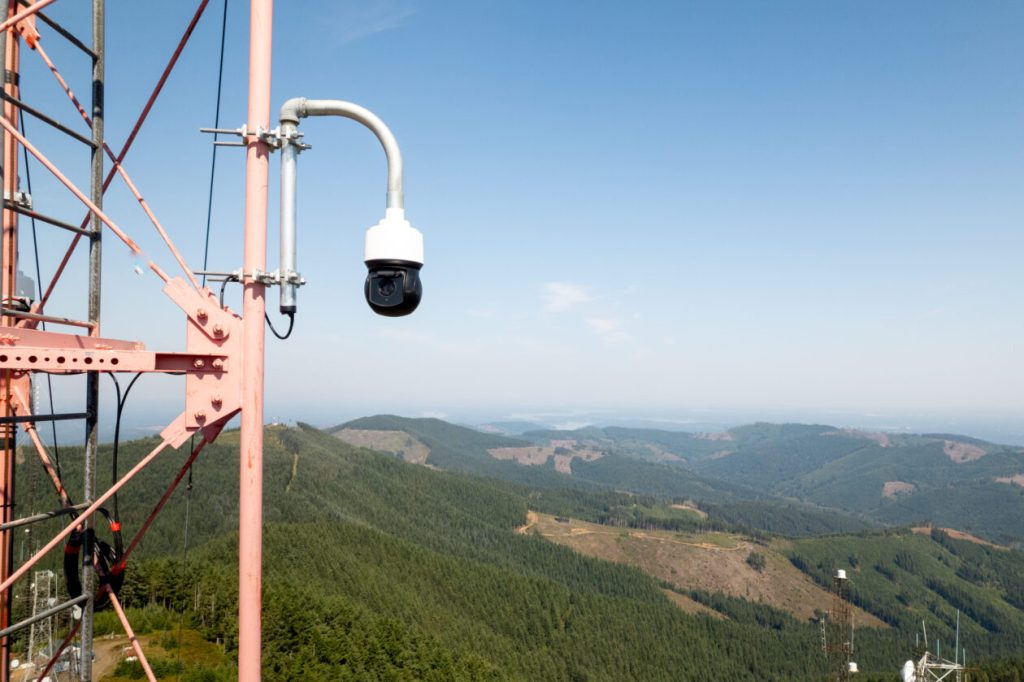Pano AI’s cameras played a crucial role in flagging the Warden fire on Capitol Peak in Western Washington in June. The cameras, developed by artificial intelligence startup Pano AI, are equipped with AI technology that can detect plumes of smoke, providing early warning signs of wildfires. The cameras were able to detect the fire before anyone called 911 to report it, allowing for a quick response from the Department of Natural Resources (DNR) to contain the blaze, burning just under 20 acres in total.
The Washington DNR partnered with Pano AI to launch a pilot program placing 21 cameras at high-risk wildfire sites in the state. This partnership has been extended through 2029 with a total annual cost of nearly $1 million. Pano AI has expanded its reach to 12 states and provinces across the U.S., Canada, and Australia, covering 16 million acres, with other customers including utility companies, private landowners, and government fire agencies. The San Francisco-based company has raised $45 million from investors as of March 2023 and currently employs 45 people. The technology has been instrumental in detecting and monitoring wildfires before they become visible on satellite imagery.
The number of wildfires in Washington may not be increasing, but the average number of acres burned by wildfires each year has quadrupled in the past two decades. More than 80% of wildland fires in the state are caused by humans. To combat this trend, DNR has shifted its response strategy to prioritize containing fires to fewer than 10 acres at the outset. The Pano AI cameras have been a valuable tool in detecting fires early, allowing for a swift response to prevent them from spreading. The cameras, along with other technologies such as infrared heat mapping and automated weather systems, have enabled DNR to effectively respond to wildfires.
Fire meteorologist Matthew Dehr praised the benefits of the Pano AI system in his role, helping to forecast and track fires to guide the response. The system allows for the prepositioning of firefighting resources to keep firefighters safe and strategically place them ahead of fire starts. The increasing sophistication of firefighting technologies, including aircraft equipped with infrared technology, remote weather systems, and ultra-high-resolution weather models, has significantly improved firefighting responses in Washington. Human input remains essential, with the need for ongoing investment in training programs to ensure effective utilization of the available technologies.
As fire season continues in the region, with 55 large fires burning in Washington and Oregon, the challenge of containing fires remains significant. Washington DNR’s proactive approach to firefighting, combined with advanced technologies like the Pano AI cameras, has been crucial in containing fires to smaller areas. The collaboration between technology, data, and human expertise is key to effectively managing wildfires in the face of increasing challenges posed by climate change. The investment in new firefighting technologies and ongoing training programs for personnel will be essential in combating the growing threat of wildfires in the region.


